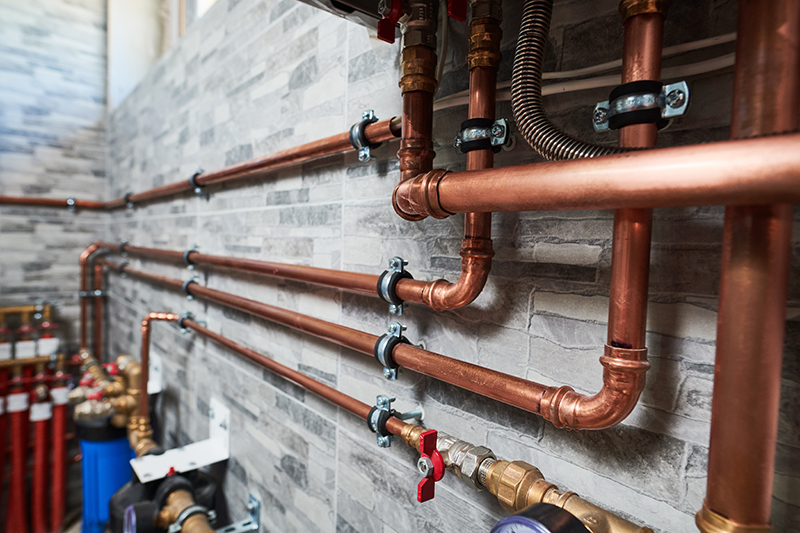
How Does A Plumbing System Work
How Does A Plumbing System Work
One of the most common questions that we’re asked is how do plumbing systems actually work? Often, it’s thought to be much more complicated than it is, but it’s a handy process to know. Not only does it help you to gain a better understanding of your home, but it also allows you to identify any problems before they worsen so that you know when to call a plumber. That’s why we’ve created this article. So, how does a plumbing system work?
Its parts
To understand how your plumbing system works, it’s worth taking a look at its main components:
The supply system
Clean water moves around your house through its supply system. Whilst travelling at around 60psi, the water stream filters into where it’s needed, when it’s needed. However, obstructing this type of pressure can cause major pipe damage if it’s allowed to build up. For example, a powerful stream can cause hairline cracks that will inevitably burst and flood your home. If you happen to notice a crack in your pipe, ring a trusted plumber as soon as possible. They will use specialist plumbing supplies to repair the pipe so that a flood can be avoided.
Stop valves
Stop valves allow you to quickly turn off the water stream if a problem does occur. An example could be if you see a crack in your pipes or if you notice the signs of a build-up of pressure. The stop values are intentionally placed in a position that is easily accessible (such as under the kitchen sink) so that they can be used before plumbing repairs are required. In some cases, they’re instrumental in preventing any damage from getting much worse.
Drainpipes
Drainpipes are an external part of your home’s plumbing system. This is where dirty water is disposed of and drainpipes are set up in a way that allows gravity to pull the stream downwards. However, drainpipes have a surprise, unseen use. You may think that their gaping holes are a characteristic designed simply to allow dirty water to flow out, but this isn’t the case! It’s also a point of access for air to enter the vents so that this disposal of dirty water is automatic. The alternative would be disposing of the dirty water yourself, which wouldn’t be a pleasant job.
Traps
Have you noticed an S-shaped tube that sits just below your drain? Well, this is the trap. The main point of a trap is to give the water that leaves the sink, the shower or the bath the force necessary to travel down the drainpipes. They also form a seal that stops excess sewer gas from backing up into your home. If this part of your plumbing system breaks, it’s often characterized by an unpleasant, lingering odor. To prevent this, traps usually come equipped with a cleanout plug that allows you to clear any build-up.
For more information on how your plumbing system works, feel free to contact a member of our team today.